By Julius Mugaga Tukacungurwa/Umoja Standard.
Kampala, Uganda – While facilitating at ‘Health Reporters and Senior Journalists Training ‘ organized by UGANET, Ritah Kabasomi, Program Manager at Reproductive Health Uganda, urged the media to prioritize gender-responsive reporting on Sexual and Reproductive Health and Rights (SRHR) and HIV interventions.
Kabasomi emphasized the critical role media plays in shaping public perceptions and influencing policy discussions.
“The media has the power to amplify marginalized voices, challenge harmful gender stereotypes, and promote inclusive storytelling,” Kabasomi said.
She highlighted the persistent gaps in SRHR and HIV reporting, including; Inadequate representation of women’s experience, Stigmatization of marginalized communities, lack of nuanced discussion on gender-based violence.
She encouraged journalists to adopt a gender-responsive approach, considering; Intersectionality – recognizing multiple identities and experiences, Contextualization – understanding local contexts and power dynamics, Sensitivity – avoiding harmful language and stereotypes.
“The media must move beyond sensationalism and instead focus on solution-driven storytelling,” Kabasomi stressed.
Kabasomi also emphasized the importance of media collaboration with civil society organizations and healthcare providers to; Access accurate information, Amplify expert voices, Promote evidence-based policy.
Kyakunzire Laura Angel, Program Manager at Uganda Network on Law Ethics and HIV/AIDS (UGANET), and the organizer of the training in partnership with HIVOS emphasized the organization’s mandate and called on health and senior journalists to promote gender-responsive reporting on Sexual and Reproductive Health and Rights (SRHR) and HIV.
‘UGANET’s mandate is to advance human rights, particularly for vulnerable populations,’ Angel said. ‘Gender-responsive reporting is crucial in addressing SRHR and HIV disparities.’
Angel highlighted that there is persistent gender inequalities in SRHR access, Stigma and discrimination against HIV-positive individuals and Limited media coverage of SRHR and HIV issues.
‘Journalists have the power to shape public discourse and influence policy,’ Angel stressed. ‘We urge you to,Use inclusive language, Highlight marginalized voices, Focus on solution-driven storytelling.’
‘Together, we can promote inclusive, accurate, and empathetic storytelling,’ Angel concluded.
In the same training, renowned health journalist Alozious Byamukama highlighted Uganda’s dire Sexual and Reproductive Health and Rights (SRHR) statistics, emphasizing the critical role journalists can play in reversing the trend.
‘Uganda’s SRHR indicators are alarming,’ Byamukama noted. ‘Teenage pregnancies affect 24.9% of girls aged 15-19 (UBOS, 2020). Maternal mortality rates stand at 336 deaths per 100,000 live births (WHO, 2022). HIV prevalence among youth (15-24) is 2.4% (UNAIDS, 2021).’
Byamukama stressed that, 43% of married women experience domestic violence (UBOS, 2016), 1 in 5 girls aged 15-19 have experienced sexual violence (UNICEF, 2020).
‘Journalists must prioritize solution-focused reporting,’ Byamukama urged. ‘We must hold leaders accountable for SRHR commitments and spotlight successful interventions.’
He affirmed that, ‘Through informed, empathetic storytelling, journalists can help transform Uganda’s SRHR landscape.’
The workshop brought together Uganda’s health and senior journalists, civil society representatives, and healthcare experts to discuss strategies for improving SRHR and HIV reporting.
Participants committed to developing guidelines for gender-responsive reporting, Establishing a network for SRHR and HIV journalists, Conducting regular training and capacity-building programs.
As Uganda continues to navigate the complexities of SRHR and HIV, the media’s role in shaping public discourse and promoting inclusive, evidence-based reporting is more critical.

